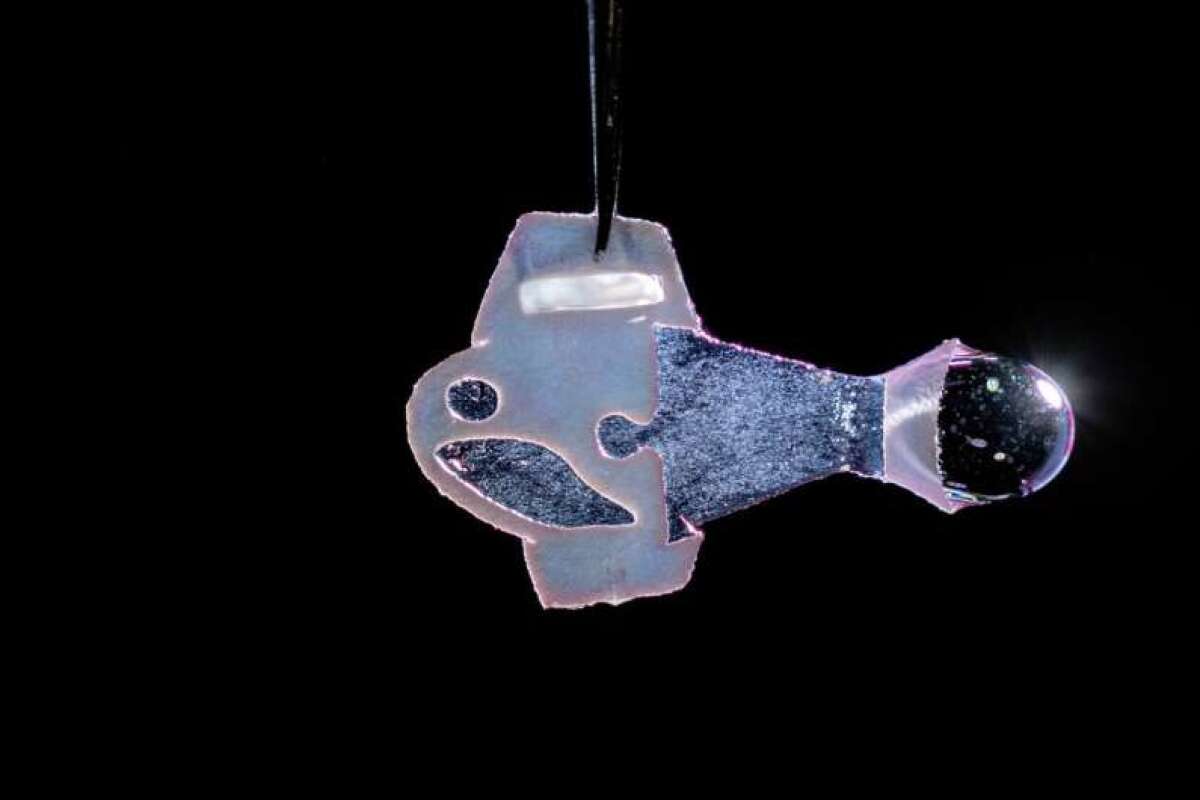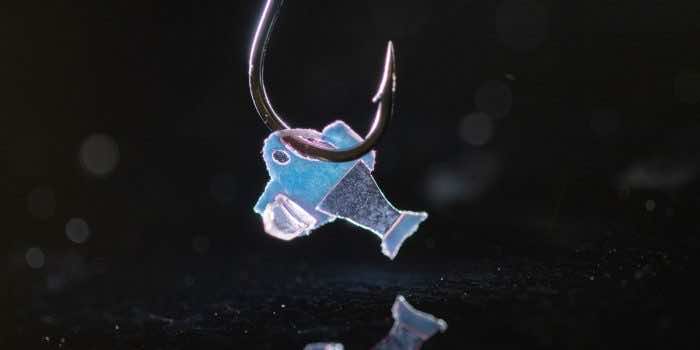Researchers at Harvard University and Emory University devised a new experiment to decipher the mechanics of human hearts: they manufactured 500 biohybrid fish, which are artificial except for their tail fins coated with real human heart cells.
“We basically stored them in our incubator, and then we forgot about them for two or three weeks,” said Sung-Jin Park, a former postdoctoral fellow at Harvard’s Disease Biophysics Group and study’s co-author.

“When we opened the incubator, all of the fish were kind of swimming by themselves.”
The heart cells contracted, stretched, and otherwise functioned like human hearts, allowing the tails to move independently.
“We don’t need any external stimulation,” Park said. The fish could swim around to the beat of a heart, and oddly enough, they performed better than the real zebrafish they’re based on. “They stimulate themselves, they exercise by themselves, and they get stronger,” Park said.
“I’d like to display a biohybrid fish in an aquarium” to see how it fares, said co-author Keel Yong Lee, a postdoctoral fellow at Harvard’s School of Engineering and Applied Sciences.

The researchers first produced human heart cells called cardiomyocytes from stem cells to make their fish. The heart cells were put on each side of each fish’s tail, and the biohybrids were left to their own devices for around 100 days, swimming freely in a pool of nutrients. During that moment, the researchers collected data on their motions and were also able to control the movement of the fish using light.

They then butchered the unusual aquatic creatures and began collecting data, such as the rhythm and frequency of each contraction. These metrics might help us understand how the hearts of people suffering from cardiac arrhythmia, or irregular heartbeats, function.
Park’s purpose behind the biohybrid fish was to go beyond standard techniques of researching the human heart.
“I’m more thinking about functional structure,” he said. “I’m kind of thinking how to functionally connect each of the individual cells.”
Park also stated that he hopes to send “this kind of biohybrid robotic system to space” in the future, calling it the ideal technique to investigate microgravity-induced muscle atrophy or the breakdown of muscle tissue caused by space’s lack of gravity.
In the short term, Park believes the new study’s findings might pave the way for the construction of artificial hearts and enhance the science behind pacemakers.
Tissue from the fish, for example, might be cultured to create biological pacemakers that adapt with the human body, particularly for infants who require such a device.
“Electrical pacemakers cannot grow when a pediatric patient is growing up,” Park explained.
However, there is a stumbling block. The biohybrid fish tissue “beats” spontaneously, with little control over its activity.
“We have to remove the spontaneous activity when we put it into the heart,” Park explained. Otherwise, the heart muscle might run off the charts.
“Our ultimate goal is to build a [fully functioning] heart, but meanwhile, we’re trying to build a more mature cardiac tissue,” Park said.
Source: Harvard


